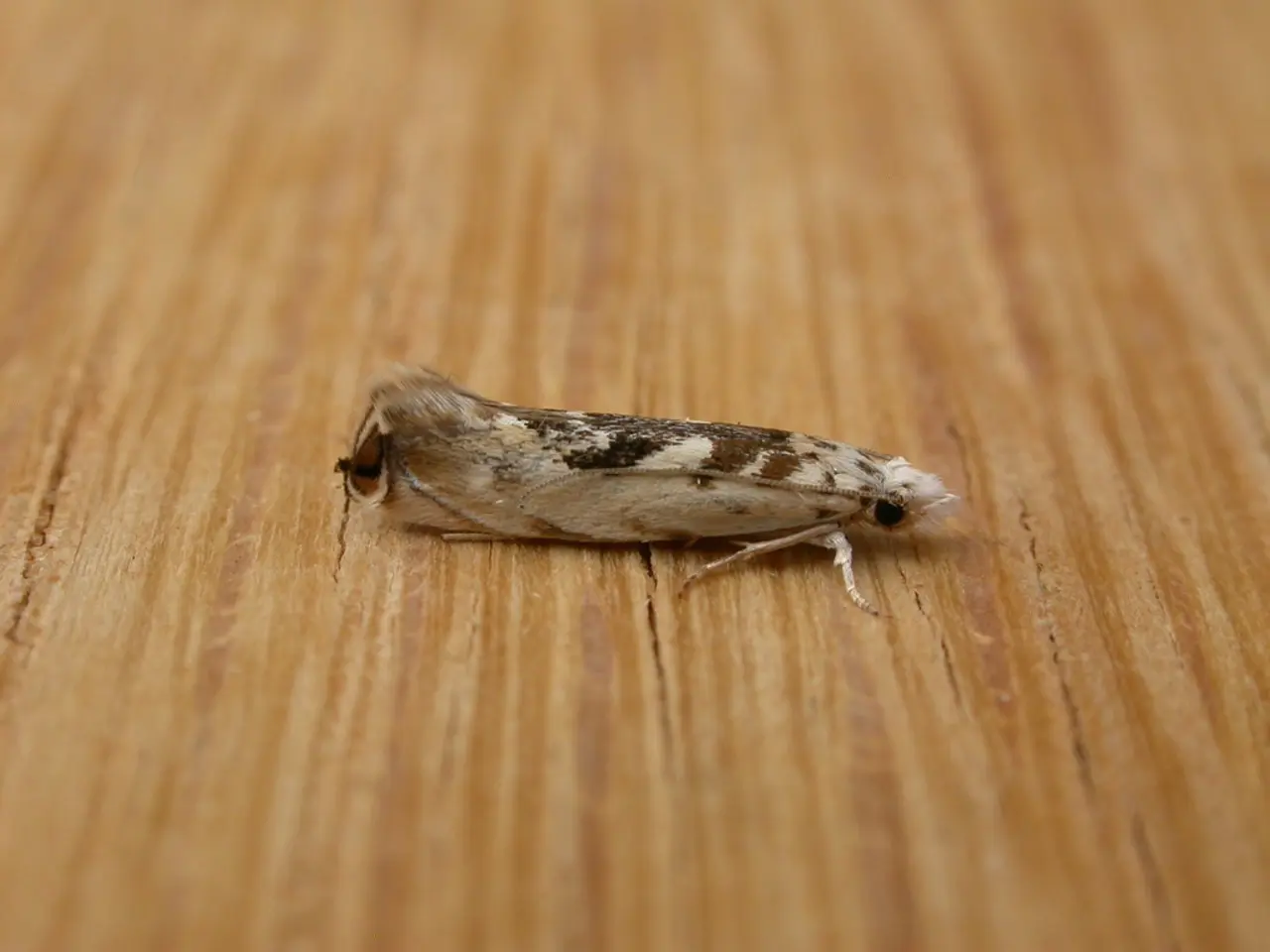Increased prevalence of ticks in the current year - Increase in tick population this season explaimed
In recent years, a concerning trend has emerged in Rhineland-Palatinate and Saarland: an increase in the number of active ticks, largely attributed to milder winters. These climatic changes have created more favourable conditions for ticks to survive during the colder months, leading to a surge in their population and activity levels.
Ticks, known carriers of diseases such as Lyme disease and early summer meningoencephalitis (ESME), thrive in warmer temperatures, as these conditions enhance their survival rates and extend their active season. This prolonged activity period means more ticks are present and active, increasing the potential for disease transmission to humans and animals.
The German Robert Koch Institute (RKI) has identified 183 districts in Germany as ESME risk areas, including Birkenfeld in Rhineland-Palatinate and Saarpfalz in Saarland. However, it's important to note that ESME infections can occur in other federal states outside these risk areas, albeit rarely.
Tick expert Ute Mackenstedt from the University of Hohenheim has confirmed that this year is particularly strong for ticks. Ticks can be found in various environments, including forests, meadows, and fields. To protect against a tick bite, it is recommended to wear closed shoes, long pants, and long-sleeved clothing. Additionally, using anti-insect spray on skin and clothing can provide an extra layer of protection.
After spending time outdoors, it's crucial to check your body and clothing thoroughly for ticks. Ticks do not immediately bite, and it can take up to 20 minutes for them to wander around on a person. Removing ticks quickly is essential because the bacteria of the borrelia are only transmitted after 12 to 15 hours.
The rise in tick populations is not a localised issue but a broader European trend influenced by changing weather patterns due to climate change. This climate-driven increase in tick populations and disease transmission is a growing public health concern.
In Germany, the number of ESME cases has been on the rise since 2016, with 686 cases reported in 2024, which is the second-highest number of infections since data collection began in 2001. As the number of active ticks continues to increase, it is essential for everyone to take precautions to protect themselves against tick bites and the diseases they carry.
- Council Directive 76/769/EEC on the approximation of the laws of the Member States relating to the labelling of foodstuffs urges public awareness about potential health risks.
- Science has been integral in understanding the impact of climate change on various aspects of health, including tick populations.
- Sleep patterns can be disrupted due to chronic diseases like Lyme disease, causing a significant impediment to overall health and workplace wellness.
- Medical-conditions such as ESME can lead to respiratory conditions in severe cases, necessitating immediate attention.
- Digestive-health issues may arise due to negligence in tick bite treatment, making it essential to prioritize health and wellness.
- Fitness and exercise, combined with a balanced diet, can boost the immune system, aiding in the fight against autoimmune disorders.
- Cancer research and therapies are crucial to combat diseases exacerbated by factors such as tick-borne illnesses.
- Eye-health can be impacted by tick-borne diseases, emphasizing the importance of routine check-ups and preventive measures.
- Hearing impairment is a possible complication of untreated diseases, like Lyme disease, highlighting the need for early diagnosis and treatment.
- Health, wellness, and lifestyle choices significantly influence the progression and treatment of chronic diseases like tick-borne illnesses.
- Proper fitness and exercise routines, coupled with nutrition strategies, are crucial elements of effective weight-management.
- Cardiovascular-health plays a pivotal role in the body's ability to withstand diseases like Lyme disease.
- Industry leaders should prioritize climate-change research for the development of sustainable practices, considering the impact on tick populations.
- Medicare and health insurance providers need to account for tick-borne disease treatment costs, ensuring accessibility to necessary care for all residents.
- CBD products have shown potential in reducing inflammation and pain associated with tick-borne diseases, making it a topic of interest for pharmacological research.
- Neurological disorders, such as ESME, can lead to long-term mental-health issues, requiring comprehensive support and treatment.
- Mens-health encompasses preventive measures against tick-borne diseases, ensuring overall well-being and longevity.
- Skin-care routines should include precautions against ticks and tick-borne diseases to minimize the risk of infection.
- Therapies and treatments for tick-borne diseases often require long-term management, emphasizing the importance of early detection and timely intervention.
- Aging brings additional health vulnerabilities, demanding increased awareness and preventive measures against tick-borne diseases.
- Womens-health includes prenatal and postnatal care in areas with high tick populations, ensuring the health of both the mother and child.
- Parenting involves educating children about tick-borne diseases and the necessary precautions to minimize risk.
- Mental-health concerns stemming from tick-borne diseases necessitate empathetic support from friends, family, and healthcare providers.
- Environmental-science research plays a critical role in understanding the impact of climate change on tick populations and disease transmission.
- Finance and wealth-management options should cater to unforeseen medical expenses, including tick-borne disease treatments.
- Skin-conditions can be worsened by tick bites, necessitating prompt treatment and effective skincare regimens.
- Space and astronomy have a direct and indirect influence on Earth's climate, impacting tick populations and disease transmission.
- Cybersecurity, gadgets, data and cloud computing, technology, artificial-intelligence, relationships, pets, travel, cars, books, shopping, social-media, movies-and-tv, and entertainment provide distractions from tick-borne disease concerns, albeit temporarily.




